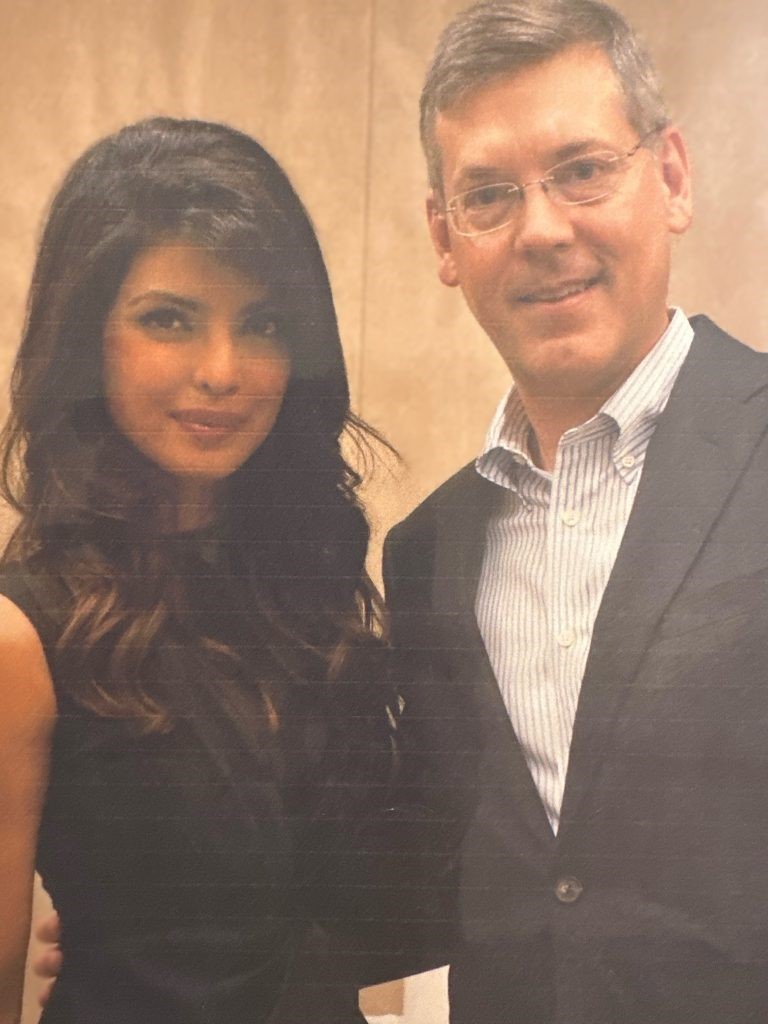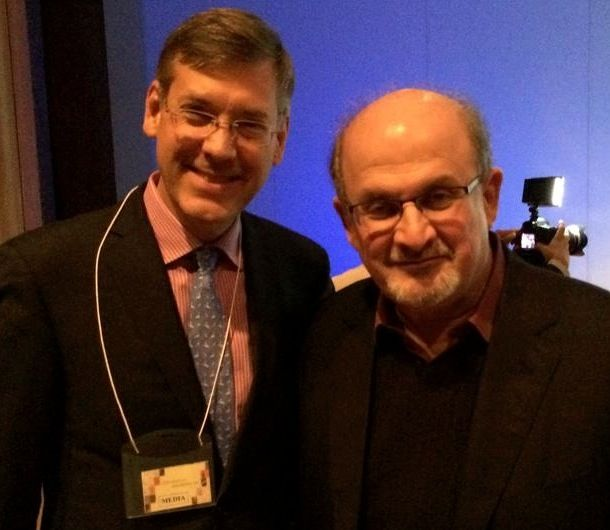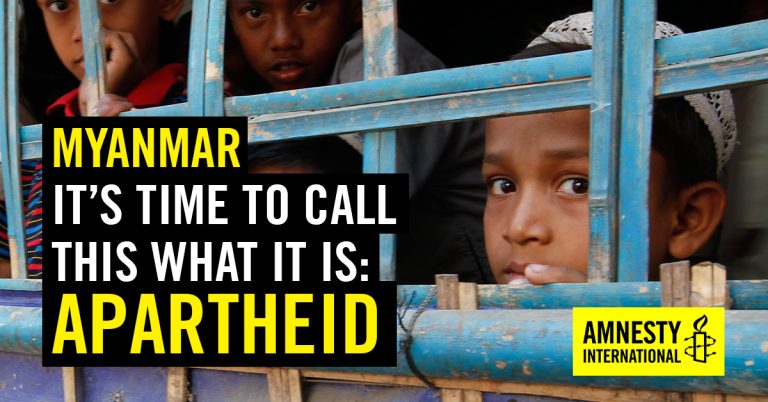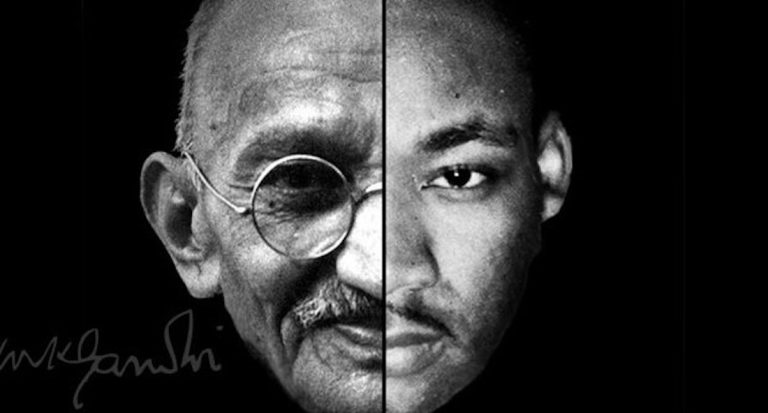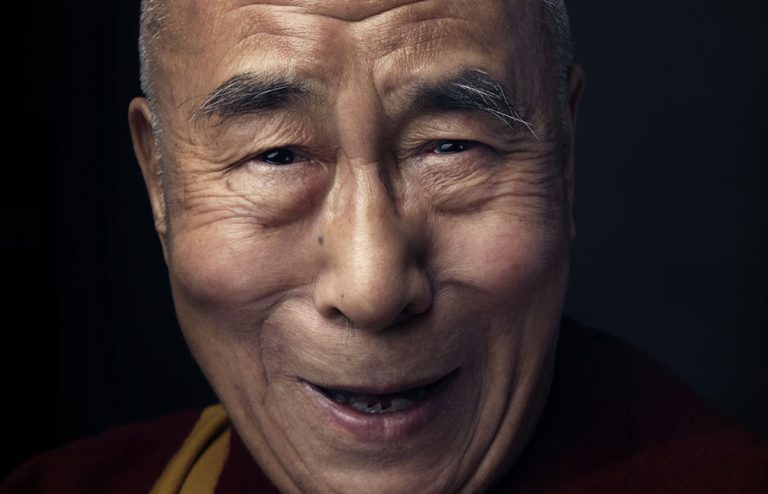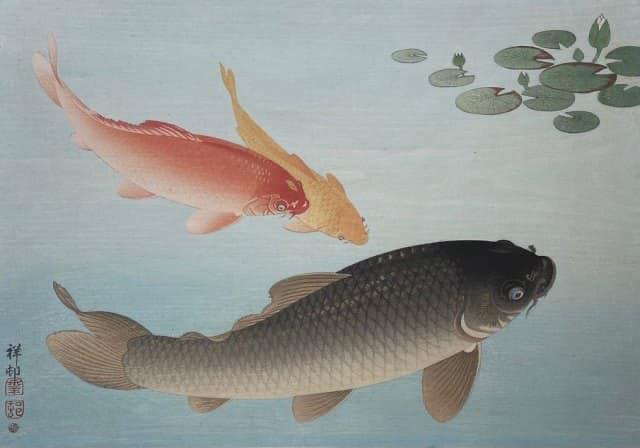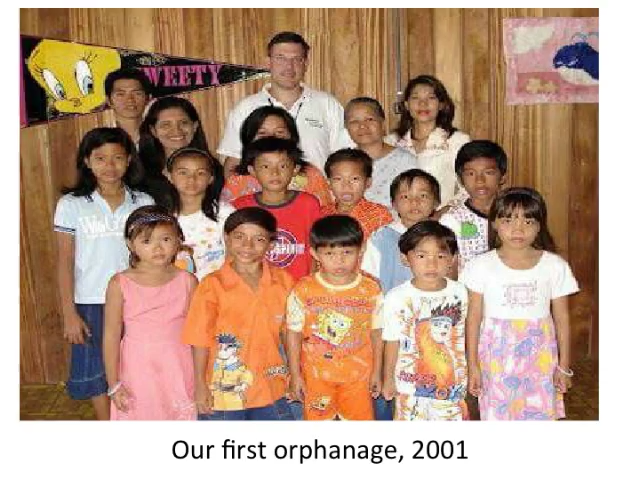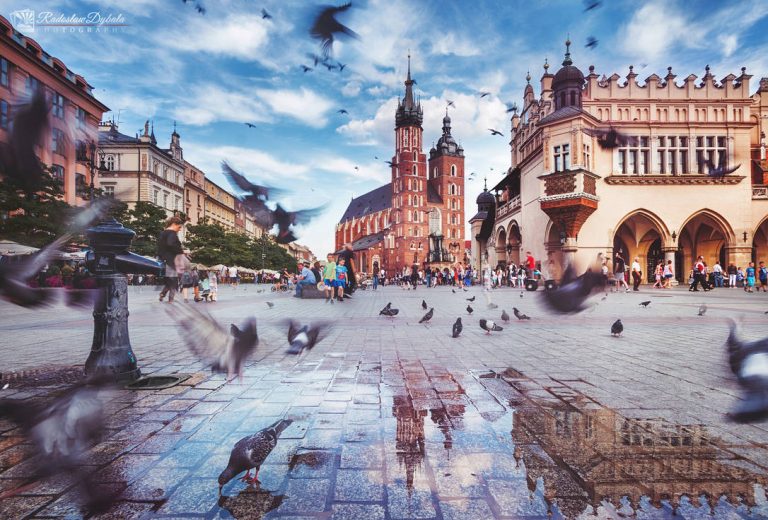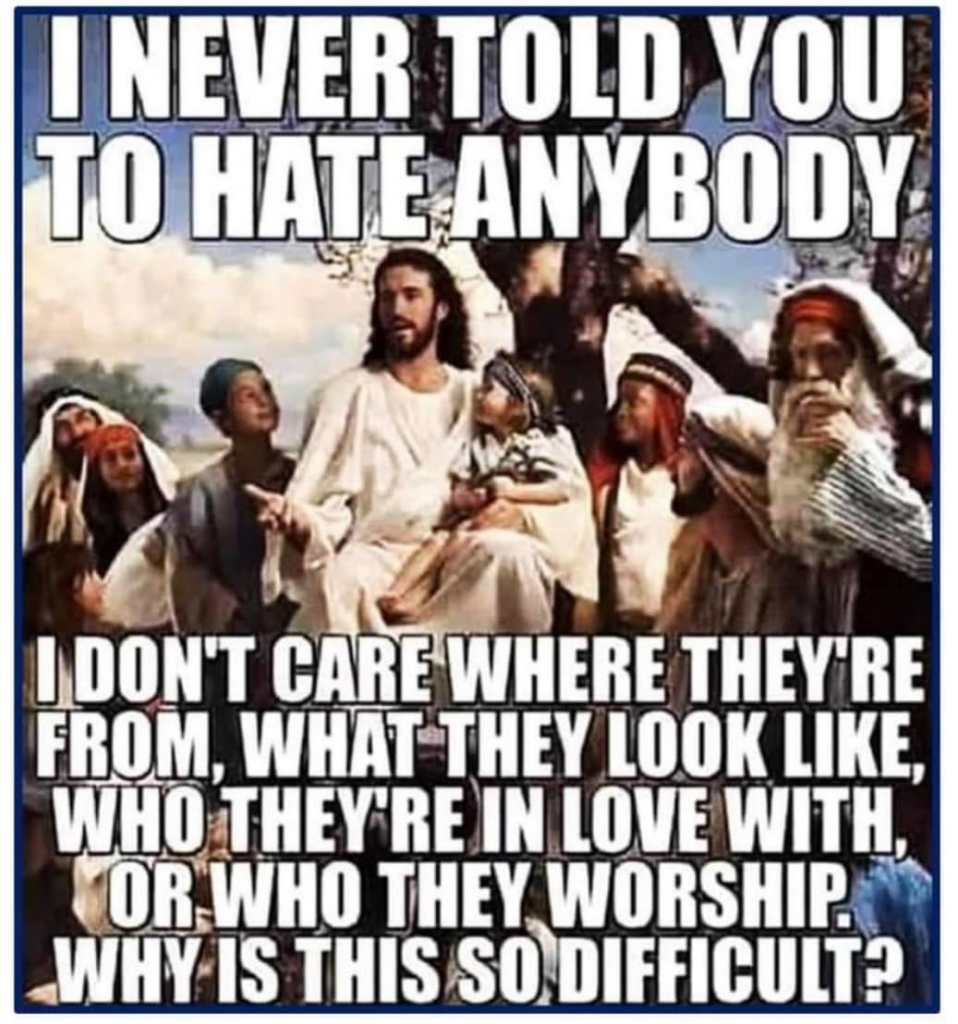Thirty Five Long Seconds: Haiti’s Deadly Earthquake (May 18, 2018)
Video: Thirty Five Long Seconds: Haiti’s Deadly Earthquake
Video: Meet Hector Liang, Luce Young Global Leader from Venezuela
This Young Global Leader went from Borough of Manhattan Community College (BMCC) to Columbia University in New York City.
New York, N.Y. This Young Global Leader went from Borough of Manhattan Community College (BMCC) to Columbia University in New York City.
Video: Meet Hector Liang, Luce Young Global Leader from Venezuela (May 18, 2018).
See YouTube: https://youtu.be/qMsEtDnN6Sc
Video: Haiti – Walk Through Ecole la Redemption, Léogâne
Ecole Primeraire la Redemption is the three-story school in Léogâne which miraculously withstood the January 12 earthquake.
Haiti: Walk Through Ecole la Redemption, Léogâne.
Léogâne, Haiti. Ecole Primeraire la Redemption is the three-story school which miraculously withstood the January 12 earthquake in Léogâne, Haiti. This is where Orphans International Worldwide (orphansinternational.org) and our NGO partners are locating our efforts and resources to do our part in the reconstruction of post-earthquake Haiti.
We are also partnered with the Nouveu College Surin Eveillard Secondary School (high schools in Haiti are referred to as “college”).
Emphasis is on helping to decentralize Haiti, building opportunities for people to leave the nation’s overcrowded capital Port-au-Prince.
Video: Haiti – Walk Through Ecole la Redemption, Léogâne (May 18, 2018). See YouTube: https://youtu.be/yTTIw8zHnWk
Salman Rushdie
xxx
Follow Jim Luce on Facebook, Instagram, LinkedIn, TikTok, and X (Twitter).
© 2024 The Stewardship Report on Connecting Goodness – Towards Global Citizenship is published by The James Jay Dudley Luce Foundation Supporting & Educating Young Global Leaders is affiliated with Orphans International Worldwide, Raising Global Citizens. If supporting youth is important to you, subscribe to J. Luce Foundation updates here.
Video: Interview with Jim Luce in Athens, Greece
Luce Leadership Experience Hellas 2017
Interview with Jim Luce in Athens, Greece (Jan. 24, 2018). YouTube: https://youtu.be/Ct9JriCsZv0
Interview with Jim Luce in Athens, Greece (Jan. 24, 2018). YouTube: https://youtu.be/Ct9JriCsZv0
Video: Jim Luce on Foundation Leadership Experience Greece 2017
Video: J. Luce Foundation Leadership Experience Greece 2017 (Jan. 24, 2018). YouTube: https://youtu.be/fv9GcFCv-f0
Video: Jim Luce on Foundation Leadership Experience Greece 2017 (Jan. 24, 2018). YouTube: https://youtu.be/fv9GcFCv-f0
“Caged without a roof”: Apartheid in Myanmar’s Rakhine State

Since August (2017), Myanmar’s security forces have waged a devastating campaign of violence against the Rohingya minority in Rakhine State.
– Amnesty International Reports
An unknown number have been killed, women and girls have been raped, at times in front of their families, and entire villages have been burnt to the ground. As a result, more than 600,000 Rohingya have fled into neighboring Bangladesh.

Amnesty International researchers have carried out a two year investigation into the root causes of these appalling events. Their work reveals how Myanmar’s authorities have confined the Rohingya to what is effectively an open-air prison through a vicious system of institutionalized discrimination and segregation that severely restricts their human rights. It’s a system that affects their freedom of movement, their ability to access adequate food and healthcare, and their right to an education.
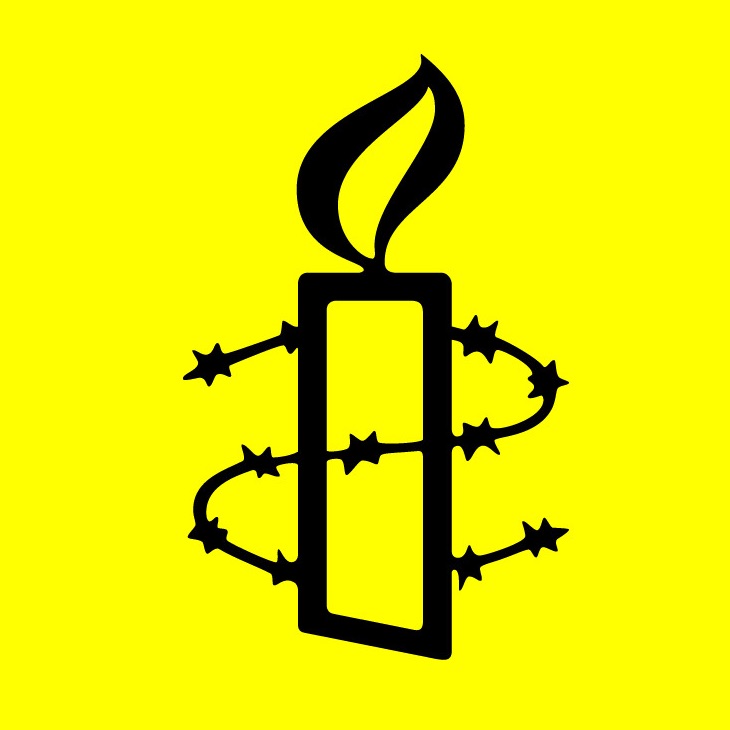
Amnesty International concluded that this treatment amounts to apartheid.
WE DON’T HAVE ACCESS TO HEALTHCARE, TO EDUCATION, THERE ARE RESTRICTIONS ON TRAVELLING…IT’S LIKE BEING CAGED WITHOUT A ROOF. – A 34 year old Rohingya man
What is apartheid?
“We are extricating ourselves from a system that insulted our common humanity by dividing us from one another on the basis of race and setting us against each other as oppressed and oppressor. That system committed a crime against humanity.” Nelson Mandela, 1998
Apartheid is a crime against humanity. It is conduct imposing and maintaining a regime of systematic oppression and domination by one racial group over another within a country.
It’s a system that’s upheld by legislative and administrative measures, policies and practices all designed to isolate a racial group – in this case the Rohingya – to deny their human rights and to stop them from participating in the political, social and economic life of a country. In practice, acts of open violence such as rape, torture and unlawful killings have also been used as tools of oppression and domination.
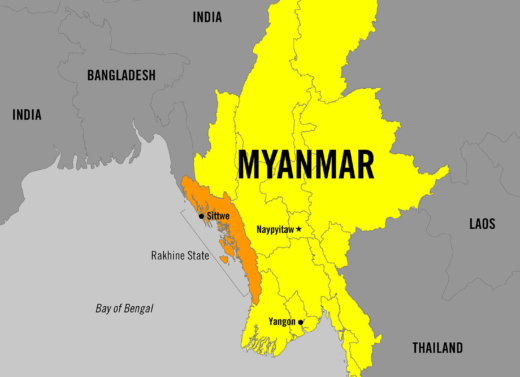
An open air prison
Rakhine state is in the west of Myanmar bordering Bangladesh. It is home to a diverse range of people, though the majority of the population is predominantly Buddhist ethnic Rakhine. However, its mainly Muslim ethnic minority, the Rohingya, are confined to their villages, townships and squalid displacement camps – effectively sealed off from the rest of the State and of Myanmar.
In the northern townships where most Rohingya lived until the recent exodus, travel between villages is heavily restricted, while in some areas of the central part of the region, travel is only possible via waterways, and even then, only to other Muslim villages.
Official regulations mean Rohingya must undergo a complicated process to obtain permits if they want to move between townships.
In practice, only Rohingyas living in the northern townships of Maungdaw and Buthidaung have been able to do this in recent years, and then only from one to the other. Those that do obtain a permit to travel encounter regular security forces checkpoints where they are routinely harassed, forced to pay bribes, and may be physically assaulted or arrested.
Denied access to medical care
Authorities have severely restricted Rohingya from accessing the state hospital in Sittwe.
Only in the most serious of cases will Rohingya patients be accepted, and even then, only after special permission has been given by the Rakhine State authorities and the sick must travel with a security escort.
Once admitted, they are placed in separate “Muslim wards” and are vulnerable to extortion and other “fees” from police and hospital porters.

A hopeless future
Educational opportunities for the Rohingya are extremely limited.
Across much of the region, Rohingya children are no longer allowed to attend schools they previously went to alongside their Rakhine peers. In many areas government teachers have refused to come to schools in Muslim villages and village tracts, citing fears for their safety.
For most Rohingya students, going to university is an almost impossible dream.
Faced with such dim prospects, young Rohingya look to the future with a sense of despair and hopelessness.

Depriving identities
Myanmar’s authorities have used legal means to take away the rights and status of Rohingya for decades. In 1982, a law was passed which allowed the authorities to deny Rohingya citizenship rights
In recent years, the authorities have gone further still.
It’s now very difficult to register newborn Rohingya babies even on “household lists” – often the only way for families to prove their residence in Myanmar.
In northern Rakhine State, anyone not home during annual “household inspections” runs the risk of being deleted from official records.
These measures are all part of a wider effort to make the lives of the Rohingya in Myanmar as hopeless and humiliating as possible.
Originally published by Amnesty International, Nov. 21, 2017. All Rights Reserved copyright 2024 Amnesty International.
Gandhi and King – A Comparison of Leadership
The ultimate measure of a man is not where he stands in moments of comfort and convenience, but where he stands at times of challenge and controversy. – Martin Luther King, Jr.
Darkness cannot be defeated by darkness
Darkness can only be defeated by light
Similarly, hate cannot be defeated by hate
It can only be defeated by love.
– Mahatma Gandhi
By Sanjay Chaturvedi.
On the occasion of the birth date of Mahatma Gandhi, I am reproducing an essay I wrote in 2002, comparing two of the greatest figures of the 20th century.
Throughout history, human rights violations have plagued our earth. From the persecution of Christians in the Roman Empire to the genocide in Rwanda, diverse peoples have struggled to survive in a world often filled with fear and hatred. In the early 20th century, India was not at peace. Since the 18th century, India had been a colony of British rule, afflicted with unfair foreign laws and Anglo-Saxon traditions. Gandhi taught his followers to search for their inner strength through a higher moral conscience than that of their oppressors. Gandhi was a compassionate peace hero who led the Indian people on a remarkable journey for peace, civil rights and freedom.
Dr. Martin Luther King, Jr. led a heroic mission to educate, awaken and revolutionize the American people to fight the injustices inflicted upon African Americans. Like Gandhi, he fought the injustices with love, respect, and non-violent protest. Besides common personal feelings about right and wrong , a common influence in the lives of both Dr. King and Gandhi was Thoreau’s Essay on Civil Disobedience. The civil rights movement led by Martin Luther King Jr. in the 1950s and ’60s was the embodiment of Gandhi’s ideas of nonviolent protest. Both Gandhi and Dr. King have been idolized world wide as the first leaders of mass non violent movements in India and America, respectively. Their ability to lead the masses through unproven paths offers lessons relevant even today and it is worthwhile to examine their leadership qualities.
Personal Backgrounds
Gandhi also known as Mahatma Gandhi, was born in Porbandar in the present state of Gujarat on October 2, 1869, and educated in law at University College, London. Gandhi was the fourth child from the fourth wife of his father who had less than grade 3 education and his mother was illiterate. Gandhi was married at age 13 and had fathered a son by age 16. He was too shy to participate in any extra-curricular activity and had not read a newspaper until he was 18. In fact he did not show any sign of leadership up to the age of 23. In 1891, after having been admitted to the British bar, Gandhi returned to India and attempted to establish a law practice in Bombay, with little success. Two years later an Indian firm with interests in South Africa retained him as legal adviser in its office in Durban. Arriving in Durban, Gandhi found himself treated as a member of an inferior race. He was appalled at the widespread denial of civil liberties and political rights to Indian immigrants to South Africa. He threw himself into the struggle for elementary rights for Indians. And then, slowly but steadily, he rose to become one of the greatest leaders that this world has ever seen. Gandhi was assassinated on January 30, 1948.
Slaves were brought to America by Kings and a King was destined to empower former slaves. This King (Dr. Martin Luther King, Jr.) was born on January 15, 1929 in Atlanta, Georgia. Both his father and grandfather were Baptist preachers who had been actively involved in the civil rights movement. King graduated from Morehouse College in 1948. After considering careers in medicine and law, he entered the ministry. King earned his own Bachelor of Divinity degree from Crozier Theological Seminary in 1951 and earned his Doctor of Philosophy from Boston University in 1955. While at seminary King became acquainted with Mohandas Gandhi‘s philosophy of nonviolent social protest. After his marriage to Coretta Scott, King became pastor of the Dexter Avenue Baptist Church in Montgomery, Alabama. King was an eloquent Baptist minister and leader of the civil-rights movement in America from the Mid-1950s until his death by assassination in 1968. King promoted non-violent means to achieve civil-rights reform and was awarded the 1964 Nobel Peace Prize for his efforts.
Challenges Faced and Actions Taken
Gandhi was a lawyer, on a business trip to South Africa and he was greeted with prejudice and discrimination against the fellow Indians living there. What was supposed to be a trip, ended up being a 21 year stay as he began to work towards a cause he believed in, human rights. He launched a newspaper titled, “Indian Opinion” that was published weekly. Gandhi threatened the South African Government during the first and second decades of the 20th century as no other man did. He established the first anti-colonial political organization in the country, if not in the world, founding the Natal Indian Congress in 1894. It was there that he developed his creed of passive resistance against injustice, satyagraha, meaning truth force, and was frequently jailed as a result of the protests that he led. The protest reached its climax in 1913 with the epic march of 5,000 workers indentured on the coal mines of Natal. Before Gandhi returned to India with his wife and children in 1915, he had radically changed the lives of Indians living in Southern Africa.
At the age of 60, on March 12, 1930, Gandhi and seventy-eight men and women challenged the injustice of Indian discrimination by completing a two hundred mile march to the seacoast. The British had a monopoly on salt manufacturing and Indians were forbidden to extract salt from the water. This event led to a nationwide boycotting of British goods and services. His teachings of non-violent resistance were very successful, for many protesters never lifted an arm to those who ruthlessly attacked their bodies. When Gandhi called for a total suspension of economic activity, to demonstrate the Indians’ demands for respect of their rights, a British General retaliated with the killing of 379 Indians at a peaceful protest. Yet Gandhi would not seek peace at the expense of blood drenching.
When Gandhi assumed India’s leadership, the average life span of an Indian woman was only 27 years. Babies and the pregnant women ran a high risk of dying young. Child marriage was very common and widows were in very large number. Only 2% of the women had any kind of education and women did not have an identity of their own. In North India, they practiced the Purda (veil) system. Women could not go out of the house unless accompanied by men and the face covered with cloth. The fortunate ones who could go to school had to commute in covered carts (tangas). It is in this context that we have to recognize the accomplishment of Gandhi’s leadership. Gandhi claimed that a woman is completely equal to a man and practiced it in strict sense thus empowering many women to take part in public activities. Thousands and millions of women, educated and illiterate, house wives and widows, students and elderly participated in the India’s freedom movement because his influence. Gandhi faced with the daunting task of organizing a society divided on caste, religion, region and language into one political force. This required uniting all various fractions for a common cause and Gandhi’s view that all men are equal echoed with the masses. He declared untouchability to be a crime against humanity. In a nation engulfed by religious divisions and political persecution, Gandhi welcomed all into his heart. This was a calculated risk for there existed the possibility for Gandhi to lose the support of traditional upper caste men.
Gandhi never left any public gathering without raising some money for one of his projects. He asked everyone to donate some amount, any amount. He urged women to part with some of the jewelry that they were wearing and he asked the men to donate their shirt-buttons, cuff links, pens or anything that they possessed which was not a basic need. Gandhi would then auction every item, including the gifts or souvenirs that he himself had received. The entire fund so raised would then go to the buying of cotton for weaving clothes for the poor or for supporting one of the projects in a nearby village. Since the items touched by Gandhi, and auctioned by Gandhi himself, fetched high values, Gandhi soon became famous as an extraordinary auctioneer and this funded the social reform and freedom campaigns.
Dr. King’s involvement with the civil rights movement began with the arrest of Mrs. Rosa Parks on December 1st , 1955. Mrs. Parks, a African-American seamstress on her way home from work, was arrested for not giving a white bus rider her seat. Mrs. Parks was not the first African-American to be arrested for this “crime”, but she was well known in the Montgomery African-American community. On the same day, Dr. King was named the president of the Montgomery Improvement Association (MIA) by leaders in the black community. He led the African-American residents of the city to a non violent boycott of the bus company by walking and driving instead. The United States Supreme Court ended the boycott, which lasted 381 days, by declaring that Alabama’s state and local laws requiring segregation on buses were illegal. The boycott was a resounding success and Dr. King’s peaceful leadership had brought about a huge social change.
In January 1957 the Southern Christian Leadership Conference (SCLSC) was formed with Dr. King as their president. The following May 17, Dr. King lead a mass march of 37,000 people to the front of the Lincoln Memorial in Washington, DC. Dr. King had become the undisputed leader of the civil rights movement. Partly in response to the march, on September 9, 1957, the US Congress created the Civil Rights Commission and the Civil Rights Division of the Department of Justice, an official body with the authority to investigate voting irregularities. Dr. King and the SCLC organized drives for African-American voter registration, desegregation, and better education and housing throughout the South.
After his return to America from a visit to India, Dr. King returned home to Atlanta, Ga. where he shared the ministerial duties of the Ebenezer Baptist Church with his father. The move also brought Dr. King closer to the center of the growing civil rights movement. In January 1963 Dr. King announced he and the Freedom Fighters would go to Birmingham to fight the segregation laws. An injunction was issued forbidding any demonstrations and Dr. King and the others were arrested. Upon his release there were more peaceful demonstrations. The police retaliated with water hoses, tear gas and dogs. All this happened in the presence of television news cameras. It would be the first time the world would see the brutality that the southern African-Americans endured. The news coverage would help bring about changes as many Americans were disgusted and ashamed by the cruelty and hatred. Continuing the fight for civil rights and to celebrate the 100th anniversary of the Emancipation Proclamation, on August 28, 1963, 200,000 people gathered in the front to the Lincoln Memorial. It was a peaceful protest, made up of African-Americans and whites, young and old. This is where Dr. King delivered his famous “I have a dream” speech.
In the winter of 1965 Dr. King led a march from Selma, Alabama to the state capital in Montgomery to demand voting reforms. 600 marchers would begin the march but after 6 blocks the marchers were met by a wall of state troupers. When the troopers with clubs, whips and tear gas advanced on the marchers it was described “as a battle zone.” The marchers were driven back while on the sidewalks whites cheered. 2 ministers, 1 white and 1 African-American, were killed and over 70 were injured with 17 hospitalized. It was the most violent confrontation Dr. King had experienced. A court order overturning the injunction against the march was issued and the marchers were allowed to proceed. When they arrived in Montgomery the marchers were greeted by 25,00 supporters singing ‘We Shall Overcome.” On August 6, 1965 a voting rights bill was passed allowing African-Americans to vote.
Personal Qualities, decisions and behaviors accounting for success or failures
Both Gandhi and Dr. King undoubtedly recognized that charisma was one of many leadership qualities at their disposal, but they also recognized that charisma was not a sufficient basis for leadership in a modern political movement enlisting numerous self-reliant leaders. Moreover, they both rejected aspects of the charismatic model that conflicted with their sense of their own limitations. Rather than exhibiting unwavering confidence in their power and wisdom, Gandhi and King were leaders full of self-doubts, keenly aware of their own limitations and human weaknesses. King was at times reluctant to take on the responsibilities suddenly and unexpectedly thrust upon him. During the Montgomery bus boycott, for example, when he worried about threats to his life and to the lives of his wife and child, he was overcome with fear rather than confident and secure in his leadership role. He was able to carry on only after acquiring an enduring understanding of his dependence on a personal God who promised never to leave him alone. Once upon his arrest, Gandhi was faced with the moral dilemma of whether to pay the fine and assist his wife, who was sick or stay in prison. Ultimately, he chose to stay in prison and labeled this as one of the toughest decisions of his life.
However, their charisma did not place them above criticism. They both had their share of detractors and non-believers. Instead of viewing himself as the embodiment of widely held Afro-American racial values, King willingly risked his popularity among blacks through his steadfast advocacy of nonviolent strategies to achieve radical social change. This created a friction between him and other more extremist black leaders such Malcom X. Gandhi too was always at odds with the more extremist freedom fighters (such as Bhagat Singh) who were more than willing to adopt violent means to freedom. Interestingly, both King and Gandhi shied from a public debate with the more extreme detractors and never publicly denounced them. Ironically, when Bhagat Singh was executed by the British in 1931, Gandhi paid tribute to the patriotism of the young martyr while disagreeing with his revolutionary methods.
Gandhi and King were undoubtedly progressive leaders of their times. They believed in the equality of all men and women and welcomed people from all backgrounds into their peaceful movements. Gandhi personally exemplified the concept of ‘equality’ and ‘work pride’ by cleaning his toilet everyday (traditionally a role for the lower castes). Dr. King readily included women into the ranks of his lieutenants but was not very successful at attracting non black members into his organization. They both effectively managed large organizations through careful delegation of responsibility. However a key difference between them was that Dr. King would reprimand his juniors for an ill performed task whereas Gandhi never admonished his colleagues.
Gandhi was a warrior who disavowed violence. He was a leader who never held high office. He was a politician who kept a deep moral code. He was a preacher of love who shunned sex. His life was remarkably multi-faceted. Trained as a lawyer in Britain, he later renounced materialism and wore the garb of an Indian peasant. He preached like a charismatic saint and negotiated like a shrewd tactician. And despite a following of millions, he never hesitated to act alone, even if it meant the ultimate sacrifice, as with his famed “fasts unto death”. King too made several personal sacrifices and often led by example. King did not completely renounce materialism as Gandhi but he did lower his material needs. He divided the Nobel prize money, $54,000, among various civil rights organizations.
King’s success as a leader was based partially on his intellectual and moral cogency and his skill as a conciliator among movement activists who refused to be simply King’s “followers” or “lieutenants.” The success of the black movement required the mobilization of black communities as well as the transformation of attitudes in the surrounding society, and King’s wide range of skills and attributes prepared him to meet the internal as well as the external demands of the movement. King understood the black world from a privileged position, having grown up in a stable family within a major black urban community; yet he also learned how to speak persuasively to the surrounding white world. Alone among the major civil rights leaders of his time, King could not only articulate black concerns to white audiences, but could also mobilize blacks through his day-to-day involvement in black community institutions and through his access to the regional institutional network of the black church. His advocacy of nonviolent activism gave the black movement invaluable positive press coverage, but his effectiveness as a protest leader derived mainly from his ability to mobilize black community resources.
While King was well known for his almost theatrical oratorical skills, Gandhi was not an exemplary public speaker (spoke in monotone). He often relied on the oratorical skills of his lieutenants such as Nehru and Patel. But what is common in both King and Gandhi is that they were both supremely confident about their mission and were able to clearly communicate this to the followers. This translated into confident followers.
Gandhi’s complete rejection of technology has remained an enigma. It is strange than a man open to novel ideas about society would completely reject technology as an opportunity to improve the living standards of the same society. Gandhi’s brand of “small is beautiful” economics, for example, died even before he did. His plan for a village-based cooperative economy quickly went by the wayside in 1947 as the leadership of the newly independent nation endorsed the centralized, urban industrial economy it still pursues today.
The doctrine of nonviolence as preached by Gandhi and King has not fared very well in the modern world. Today, we live in a violent world with more weapons of mass destruction than these leaders would ever have imagined. United States has the world’s largest stockpile of nuclear arsenal and India too has joined the race. Maybe, both Gandhi and King overestimated the humane qualities of the social animal (Homo Sapiens).
Both Gandhi and Martin Luther King agreed that nonviolence succeeds by transforming the relationship between antagonists and that it’s strength lies in the individual’s commitment to truth and justice. Yet Gandhi seems to emphasize a need for personal suffering in the practice of nonviolence, a posture that is somewhat less militant than King’s call to self-sacrifice. And there is a similar difference between Gandhi’s belief that nonviolence achieves its goals through patience and non-cooperation and King’s belief that it takes “creative tension” and a degree of confrontation to accomplish change. Both Gandhi and King proved their ideas in practice by leading nonviolent social revolutions that shattered the law of oppression in their countries.
While Gandhi and King were great leaders of their times, I would add that the notion that appearances by Great Men (or Great Women) are necessary preconditions for the emergence of major movements for social changes reflects a pessimistic view of the possibilities for future social change. Waiting for the Messiah is a human weakness that is unlikely to be rewarded more than once in a millennium. Gandhi and King were certainly not the only significant leaders of the civil rights movement in their time and examination of their lives offers support for an alternative optimistic belief that ordinary people can collectively improve their lives. Without undermining the efforts of these great leaders, I would argue that there exists tremendous capacity of social movements to transform participants for the better and to create leaders worthy of their followers.
All Things Beautiful: Cultural & Charitable

By Jill Lynne, Writer Photographer Creator
[Text & All Photographs © Jill Lynne 2017]
His Holiness, The14th Dali Lama’s 82nd Birthday Celebration, HBOs “Brillo Box…”, Sheila Nevin’s “You Don’t Look Your Age…and Other Fairy Tales”, Judith Leiber at MAD (the Museum of Art & Design), Oprah & “Super Soul Sundays)…
New York, N.Y. In our troubled world, His Holiness the 14th Dali Lama’s message of World Peace through Love and Compassion is perhaps more relevant than ever… And so I was delighted to be included in several of the major Birthday celebrations for his 82nd Birthday.
Having been blessed by his Holiness on three occasions – when he first arrived in NYC and spoke at the Cathedral of Saint John the Divine – invited by the great, late Bishop Paul Moore and the Very Reverend James Parks Morton – then at a small private dinner where I was a guest of Mary and Peter Max, and at a third small event.

On most nights, I sleep beneath the white silk scarf His Holiness blessed for me…

His Holiness The 14th Dali Lama
I chose to attend “World Peace Through Compassion” dinner produced by scholar, philanthropist and holistic healer, Dr. Kazuko Tatsumura-Hillyer, at Essex House.
This was a joyous gathering of like-minded souls dedicated to being “instruments of peace”.
Philanthropist Dr. Kazuko Tatsumura-Hillyer,
Sponsor of the Event
The occasion featured a reading of an inspiring message from the Dali Lama by Lobsang Nyandak, representatives from six major faiths and global cultures – Tibetan Monks chanting for compassion and love, the Golden Flowers Mongolian Dancers, Nepalese Rock Star Raju Lama, Native American prayers, Jewish readings, and words of wisdom from the Honoree, the very Reverend James Parks Morton (Founder of ICNY, the Interfaith Center of New York).
The esteemed Honoree, The Very Reverend James Parks Morton, former Dean of The Cathedral of Saint John The Divine & Founder of The Interfaith Center of New York
I will always be grateful to him for my first spiritually-based brilliant education as a 25-year attendee at the Cathedral …
A highlight of the event, was a reading of the Proclamation from Mayor Bill de Blasio establishing July 6th (the Dali Lama’s Birthday) as an annual “World Peace and Compassion Day”!





of Planting Seeds and Host of the YIP Party.
The Conclusion of The Event, Orchestrated by Brendon Perdomo, Youth Representative to the United Nations from The World Peace Prayer Society, was the waving of flags from all countries with individual prayers for their Peace. The Love was visceral…
Namaste!
[Originally published in The Huffington Post]
82nd Birthday Celebration for Tibet’s Dalai Lama
Date: Thursday, July 6, 2017
Time: 6:00 – 9:30 pm
Location: Essex House, 160 Central Park South, New York, NY 10019
The Gaia Holistic Foundation will join with Orphans International Worldwide to celebrate his Holiness The Dalai Lama’s 82nd birthday at J.W. Marriott Essex House on Central Park South in New York City. The Very Rev. James Parks Morton of the Interfaith Center of New York will be honored with the “World Peace through Compassion” Award at this occasion.
Because Tibet has neither Embassy nor Mission in New York, this elegant at-cost event is a platform for all who respect the Dalai Lama and his efforts towards world peace to gather and pay their respects – and pray for his long life.
Dr. Kazuko Hillyer Tatsumura states, “We all recall our other events at Essex House in celebration of his Holiness is 80th and 81st birthdays – our celebration in honor of H.H. 82nd birthday promises to be even more uplifting!”
VIP package available that features a rooftop champagne reception in a private Essex House penthouse overlooking Central Park. Sponsored by Plantin’ Seeds, Inc., the VIP package funds H.H.’s Private Fund. The $900 per person VIP tickets include the dinner and a tax-deductible $720 sponsorship of a child in the Tibetan Manjushree Orphanage in the Himalayas.The dinner will be presented at cost – $180 per person. A very limited number of tickets are still available Click here to pay by credit card through Paypal.
Sponsors include Gaia Holistic Foundation (Dr. Kazuko Tatsumura, chair),The Interfaith Center of New York (Dean James Morton, founder), The International Campaign for Tibet (Richard Gere, chair), The Tibet Fund (Mickey Lemle, chair),Tibet House U.S. (Dr. Robert Thurman, chair), and Orphans International Worldwide (Jim Luce, chair).
For more info, call 212-799-9711, or visit:
http://www.stewardshipreport.com/report-from-the-himalayas-leads-to-dalai-lamas- birthday-celebration/
82nd Birthday Celebration for Tibet’s Dalai Lama (July 6, 2017)
Kiyochika Kobayashi at the Art Institute of Chicago
[draft]
Moonlight through the Clouds off the Haneda Coast, Kobayashi Kiyochika, 1929, Art Institute of Chicago: Asian Art.
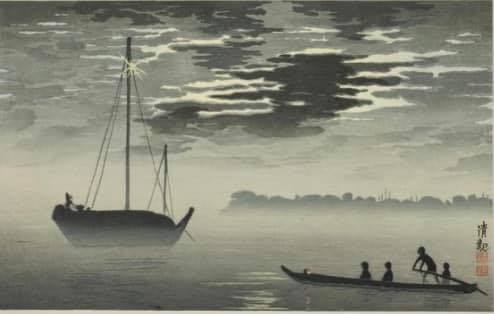
Kiyochika Kobayashi at the Art Institute of Chicago (June 26, 2017)
Artist Ōhara Koson (1877-1945)
Ōhara Koson (1877-1945), Red Carp And Two Other Fish Swim Beneath Waterlilies, 1935.
Artist Koson Ōhara (1877-1945) (June 26, 1917)
Expounding on My Work in the Field at Columbia University
Speaking to a class of Dr. Judy Kuriansky, the author shared lessons learned, 2017.
[draft]
Dr. Judy Kuriansky [Luce Index™ Score: 89], an adjunct professor at Columbia University, served as Global Advisor to the J. Luce Foundation for ten years.
Expounding on My Work in the Field at Columbia University (June 21, 2017)
Ulla and Gustav Kraitz to Unveil Blue Dragon on Roosevelt Island
Ulla & Gustav #Kraitz to Unveil #BlueDragon on #RooseveltIsland #NYC. #Art #RIVAA #Sweden http://stewardshipreport.com/ulla-and-gustav-kraitz-to-unveil-blue-dragonemon-roosevelt-island/
[draft]
Ulla and Gustav Kraitz to Unveil Blue Dragon on Roosevelt Island (June 20, 2017)
Video: J. Luce Leadership Experience Greece 2017
Video: J. Luce Leadership Experience Greece 2017.
Video: J. Luce Leadership Experience Greece 2017 (June 24, 2017)
Remembering My Uncle, Philosophy Professor & ACLU Activist David Luce
Uncle David had been a Communist in the 1950s until he was put off by Stalinism’s failure.
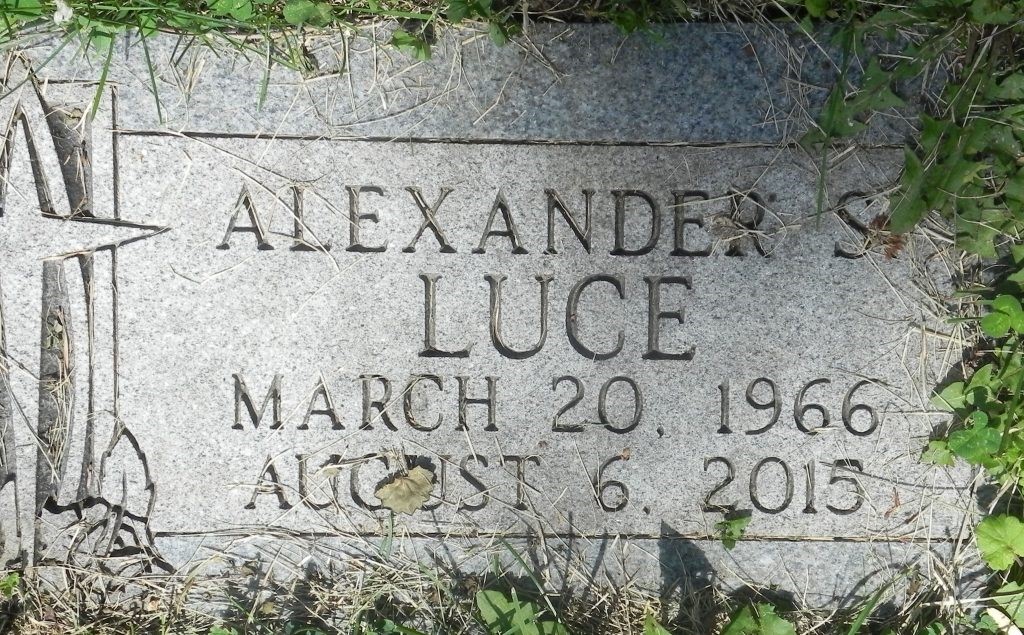
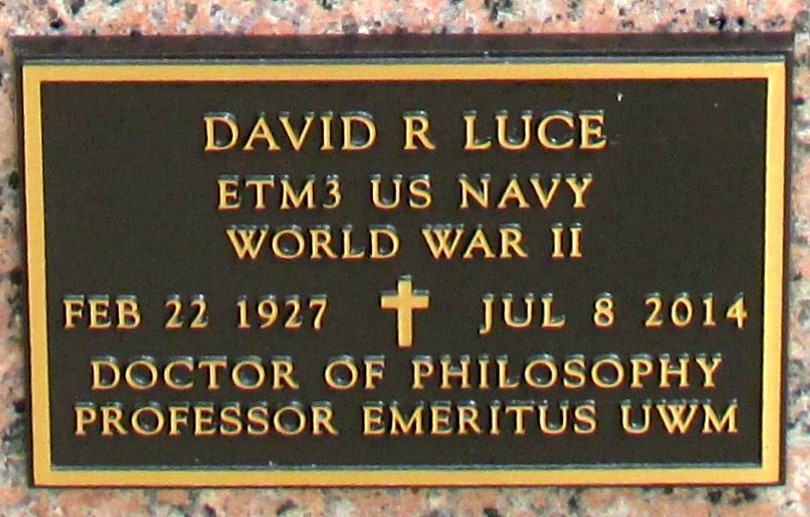
Remembering My Uncle, Philosophy Professor & ACLU Activist David Luce
Video: Luce Leadership Experience Greece – Matt Luce Toasts Farewell
As we conclude our last dinner of the Luce Leadership Experience Hellas, Mathew Tendean Luce toasts farewell, each of our Young Global Leaders offered an appreciative and heart warming goodbye toast
Matt Tendean Luce toasts farewell.
Athens, Greece. As we conclude our last dinner of the Luce Leadership Experience Hellas, Matt Tendean Luce toasts farewell, each of our Young Global Leaders offered an appreciative and heart warming goodbye toast.
Video: Luce Leadership Experience Greece – Matt Luce Toasts Farewell (May 24, 2017)
Video: J. Luce Foundation Global Advisor Paul Sladkus in Athens, Greece
As we conclude our last dinner of the Luce Leadership Experience 2017 in Hellas, each of our Young Global Leaders and their mentors offered an appreciative and heart warming goodbye toast.
Athens, Greece. As we conclude our last dinner in Hellas, each of our Young Global Leaders and their mentors offered an appreciative and heart warming goodbye toast.
Video: J. Luce Foundation Global Advisor Paul Sladkus in Athens, Greece (May 22, 2017)
George Michael, Beloved Pop Icon, Dies Peacefully at 53
Global music legend remembered for talent, compassion, and courage
New York, N.Y. – The world mourns the loss of one of pop music’s brightest stars, as George Michael, celebrated British singer, songwriter, and humanitarian, has died peacefully at the age of 53.
His publicist confirmed that the artist passed away at his home in Oxfordshire, England over the Christmas holiday.

“It is with great sadness that we can confirm our beloved son, brother and friend George passed away peacefully at home,” the statement read.
The announcement marks a somber close to a life that illuminated stages and hearts across the globe.
Revered for his unmistakable voice and bold authenticity, George Michael leaves behind a powerful legacy of music, advocacy, and generosity.
From East Finchley to Global Stardom
Born Georgios Kyriacos Panayiotou in East Finchley, London, in 1963, Michael first rose to fame in the early 1980s as half of the pop duo Wham!, alongside Andrew Ridgeley.
With infectious hits like “Wake Me Up Before You Go-Go,” “Freedom,” “Everything She Wants,” and the enduring holiday favorite “Last Christmas,” Wham! quickly became international sensations.
By the mid-1980s, Michael launched his solo career, beginning with the landmark 1987 album Faith. The album, which sold over 20 million copies worldwide, included chart-toppers such as “Faith,” “Father Figure,” and “One More Try.” It was a declaration of independence and talent that cemented his place in pop music history.
Chart Success and Artistic Legacy
Michael’s career was both prolific and groundbreaking. He sold over 100 million records globally, earning seven number-one singles in the U.K. and eight in the U.S. Billboard charts. His honors include two Grammy Awards, three American Music Awards, three Brit Awards, and four MTV Video Music Awards.
Albums like Listen Without Prejudice Vol. 1, Older, and the live collection Symphonica (2014) reflected his evolution as an artist—melding introspective lyricism with lush instrumentation. His distinctive baritone voice and fearless songwriting earned him critical acclaim and a fiercely loyal global fanbase.
A Courageous and Compassionate Advocate
In 1998, Michael publicly came out as gay following an incident that drew intense media scrutiny.

Rather than retreat, he used the moment to champion LGBTQ+ visibility and support HIV/AIDS awareness, becoming a quiet but powerful force for change.
His philanthropic efforts were notable but often kept private. He supported numerous causes including children’s charities, HIV/AIDS foundations, and homeless outreach programs. Colleagues often recalled his generosity—donating millions anonymously and helping individuals in need without seeking credit.
A Life That Touched Millions
George Michael’s unexpected passing stunned fans around the world. Tributes have poured in from fellow artists, activists, and political leaders. Many recalled his performances, others his kindness, and still others his trailblazing path as a queer artist who helped redefine masculinity in pop music.
Michael died at age 53. The cause of death has not yet been released. His family has requested privacy as they grieve the loss of a son, brother, and friend.
A Lasting Musical and Cultural Footprint
Even in his absence, George Michael continues to inspire new generations of artists and fans. His music—soulful, daring, and timeless—remains a staple of pop culture. His story speaks to the power of authenticity, resilience, and compassion.
In the words of one fan: “George gave us the soundtrack to our lives—and the courage to live them honestly.”
George Michael, Beloved Pop Icon, Dies Peacefully at 53 (May 20, 2025)
#GeorgeMichael #PopLegend #LGBTQHero #MusicIcon #RestInPeace
Tags: George Michael, Wham!, LGBTQ rights, pop music, music history,
British musicians, 1980s music, Faith album, Symphonica, celebrity deaths
75-Word Audio Summary
Pop icon George Michael has died at age 53. The British singer-songwriter passed away peacefully at home in Oxfordshire, England. Rising to fame with Wham! and continuing as a solo artist, Michael sold over 100 million records worldwide. He was also a champion of LGBTQ+ rights and numerous charitable causes. The cause of death has not yet been announced. Fans across the globe are mourning the loss of one of pop music’s most beloved and influential artists.
Social Media Blurbs
X (formerly Twitter):
George Michael, Beloved Pop Icon, Dies Peacefully at 53. Global fans mourn his loss. #GeorgeMichael #MusicIcon bit.ly/gmnews53
Bluesky:
George Michael, Beloved Pop Icon, Dies Peacefully at 53. Fans and peers reflect on his global legacy. #GeorgeMichael #RestInPeace bit.ly/gmnews53
LinkedIn:
George Michael, Beloved Pop Icon, Dies Peacefully at 53. The legendary performer behind “Faith” and “Last Christmas” was also a champion for LGBTQ+ visibility and social causes. His global impact on music and culture will be long remembered. #GeorgeMichael #MusicLegacy Full story here
Truth Social:
George Michael, Beloved Pop Icon, Dies Peacefully at 53. A loss to global music and cultural life. #GeorgeMichael bit.ly/gmnews53
Mastodon:
**George Michael, Beloved Pop Icon, Dies Peace
Artist at Brooklyn Museum
Kehinde Wiley, A New Republic, Brooklyn Museum
[draft]
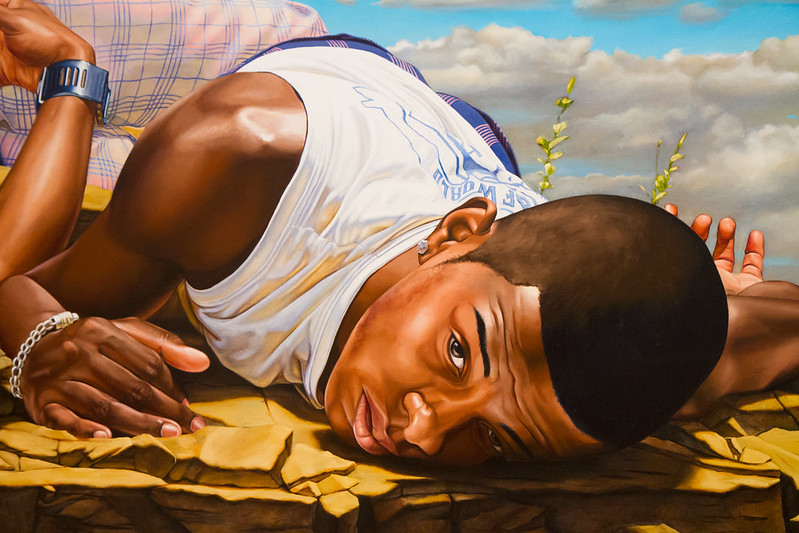
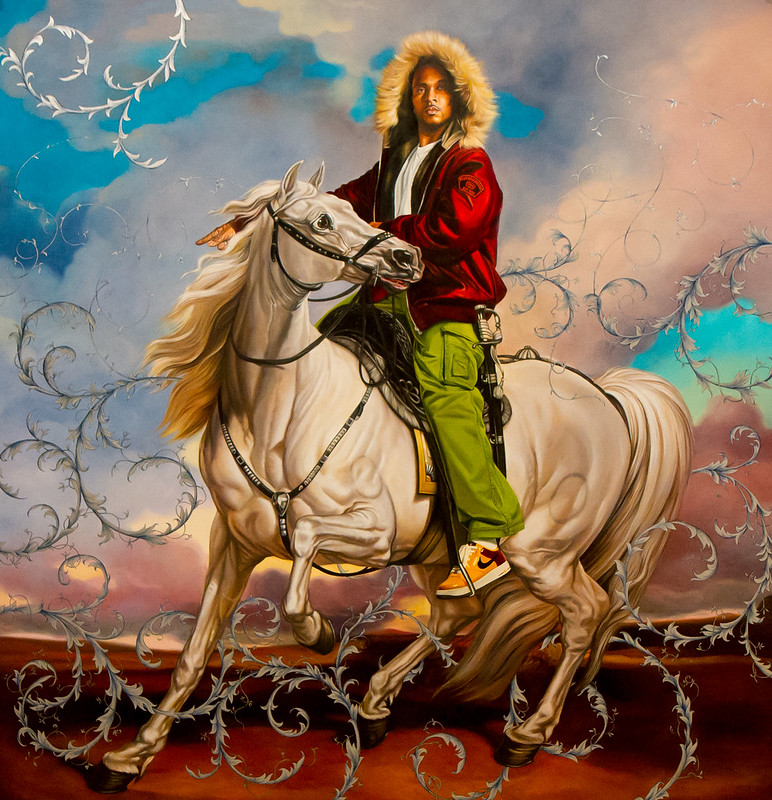
x
x
x
x
x
x
x
x
x
x
x
x
x
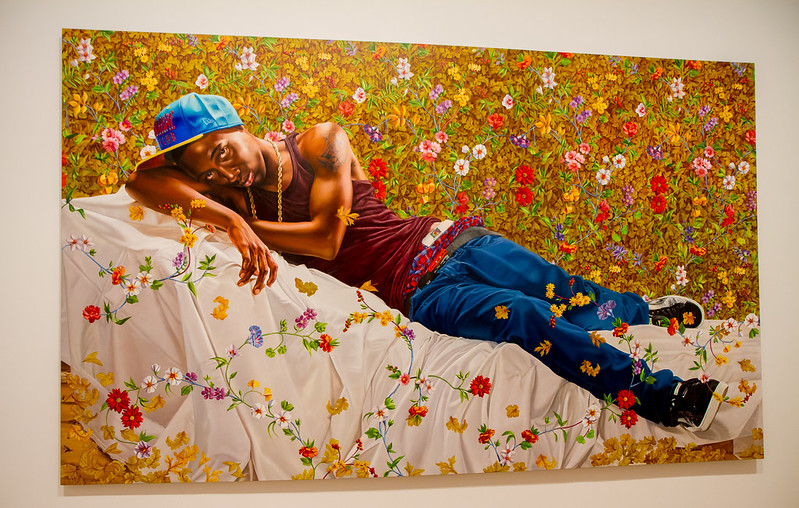
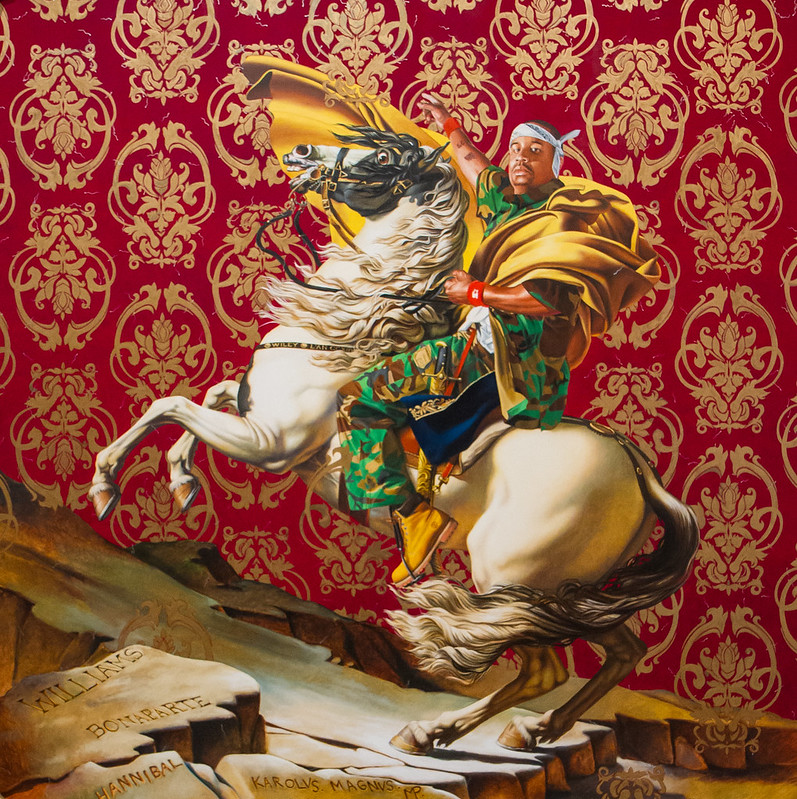
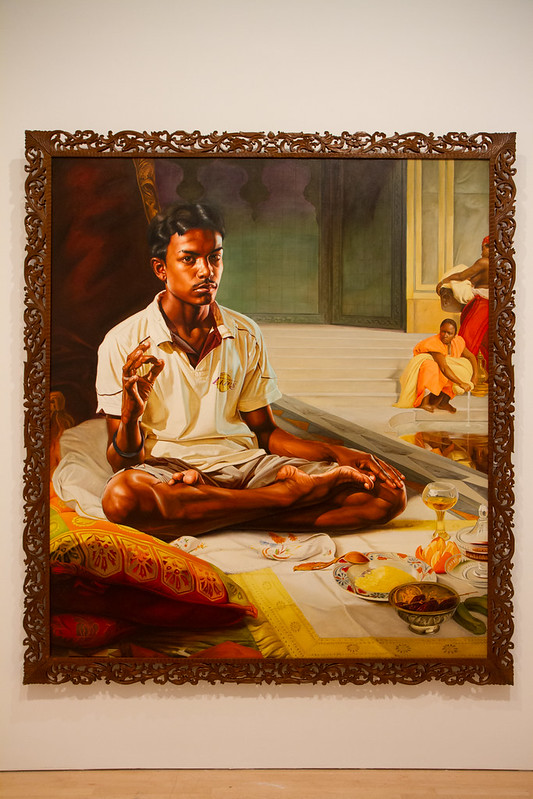
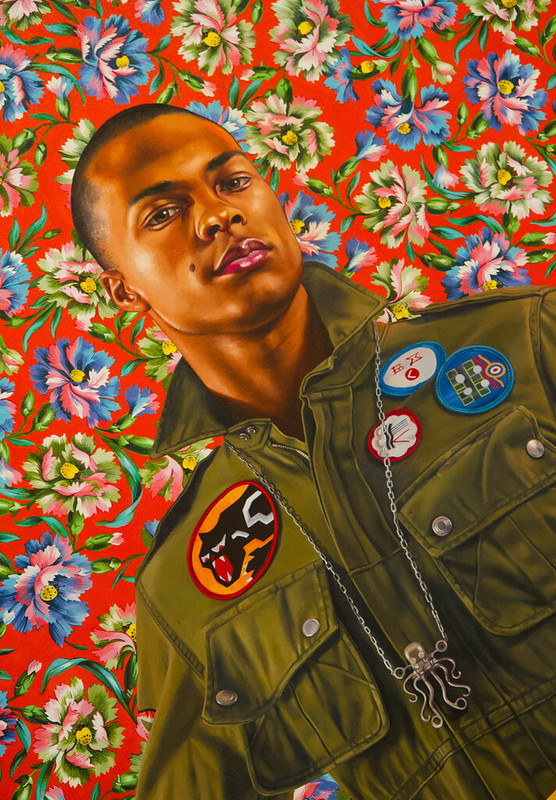
Exploring Art, Tradition, and Ethical Dilemmas of Moscow Circus
We are captivated by the Moscow Circus, a vibrant tapestry woven from the threads of spectacle, skill, and unbridled artistry. Once one experiences its sound and smell and colors, it cannot be forgotten. This extraordinary institution, born from the heart of Russia, has transcended its origins to become a global icon, a testament to the enduring power of human ingenuity and the boundless possibilities of the human spirit. But is it fair to animals?
New York, N.Y. From its humble beginnings in the bustling streets of Moscow, the Moscow Circus has evolved into a breathtaking spectacle that has enthralled audiences worldwide. We envision the origins of this grand enterprise, a small troupe of daring performers who dared to dream big, defying gravity and pushing the boundaries of what was possible. However, as we look back on the decades-old tradition, a pressing question emerges: in the 2020s, is it fair to the animals?
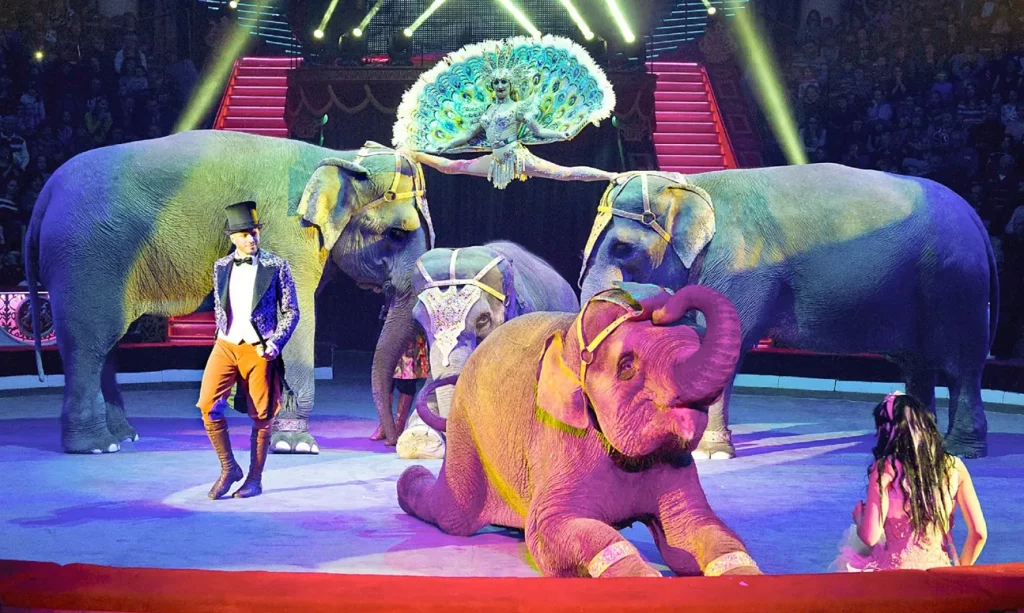
Historically, the Moscow Circus has been more than just entertainment; it’s been a cultural ambassador, a bridge connecting diverse cultures through the universal language of artistry. The inherent beauty in the performers’ movements, the harmonious blend of strength, grace, and precision defines their craft. Every act is a symphony of skill and creativity, a testament to the unwavering dedication and rigorous training that lies behind each performance. Yet, among the dazzling human feats, tigers jumping through flaming hoops, famous Russian dancing bears, performing seals, and elephants raise ethical concerns.
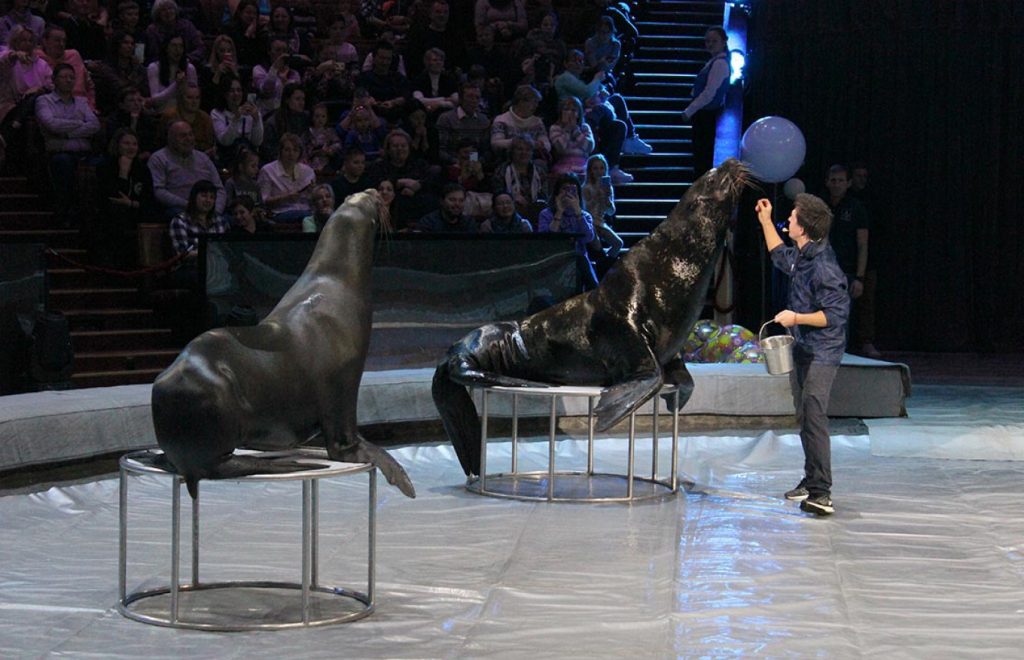
The Moscow Circus, in its purest form, represents the triumph of human potential.
We witness a world where gravity is defied, where the impossible becomes possible, and where the audience is transported to a realm of wonder and awe. The performers, with their unwavering focus and breathtaking feats, embody the very essence of human ambition and determination. However, the inclusion of animals in these spectacles prompts us to consider their well-being and rights.
We recognize the profound impact the Moscow Circus has had on the world. It has not only entertained millions but has also ignited a passion for performance arts, inspiring countless aspiring artists and performers around the globe. It is a living testament to the power of the human spirit to overcome seemingly insurmountable obstacles and achieve the extraordinary. Yet, it is crucial to address whether the pursuit of entertainment justifies the involvement of animals, whose training often involves practices that are no longer acceptable by today’s ethical standards.
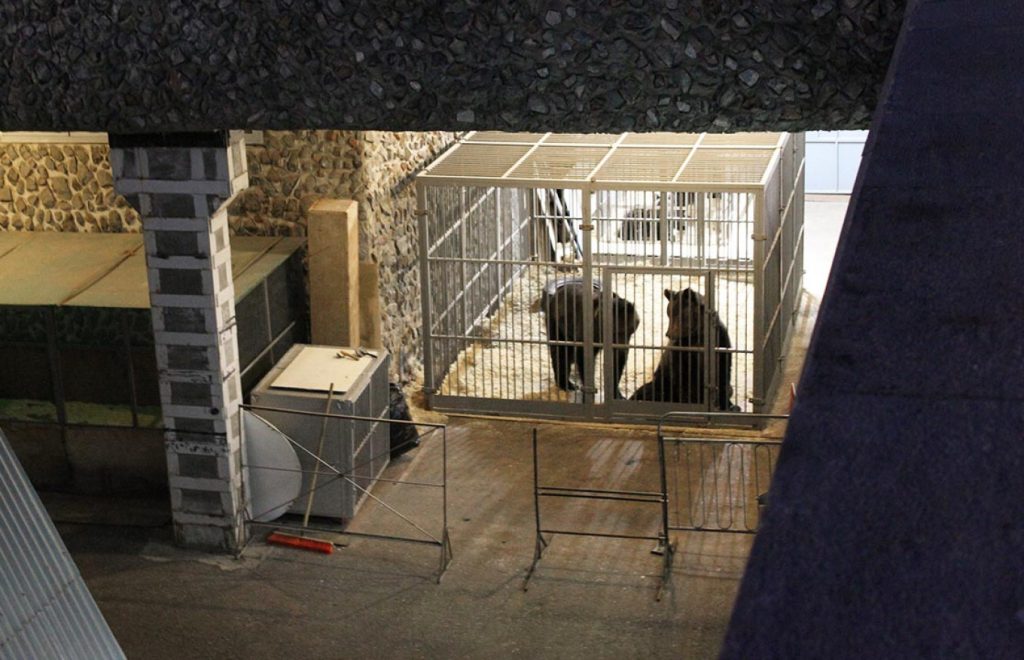
Beyond the dazzling spectacle, we perceive a deep sense of tradition and heritage that defines the Moscow Circus.
Every act carries with it the legacy of generations of performers, each contributing to the rich tapestry of this enduring institution. The stories whispered through generations, the shared knowledge and dedication passed down like a sacred flame, fuel the passion and artistry that define the Moscow Circus. But with evolving societal values, this legacy now faces scrutiny regarding animal welfare.
We are particularly drawn to the unique blend of traditional Russian artistry and contemporary innovation that characterizes the Moscow Circus. It is a harmonious fusion of the old and the new, a testament to the enduring power of tradition while embracing the possibilities of the modern world. This dynamic blend resonates with audiences worldwide, appealing to a diverse range of tastes and cultural sensibilities. However, this blend must also reflect contemporary ethical standards, ensuring that all performers, human and animal alike, are treated with dignity and respect.
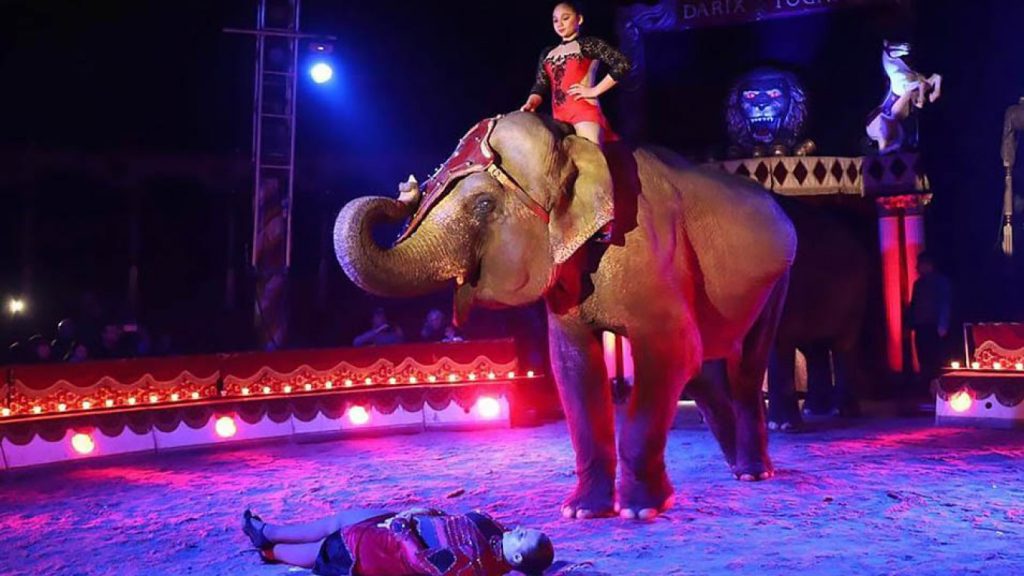
The Moscow Circus serves as a platform for cultural exchange, a vibrant space where artists from different backgrounds and disciplines come together to create something truly unique and unforgettable. The diverse cast of performers, each bringing their unique skills and talents to the stage, embodies the spirit of unity and collaboration that defines this extraordinary institution. But as we celebrate this unity, we must also advocate for the humane treatment of animals, ensuring that their welfare is not sacrificed for the sake of tradition.

The Moscow Circus has not only entertained generations but has also inspired a sense of wonder and amazement in its audiences. Its legacy transcends generations, leaving an indelible mark on the hearts and minds of those who have experienced its magic. We are grateful for the boundless joy, the sense of awe, and the inspiration that the Moscow Circus has brought to the world. As we move forward, let us also strive to ensure that this joy and inspiration come without compromising the well-being of any living being, recognizing that true artistry respects the rights and dignity of all its participants.
Exploring Art, Tradition, and Ethical Dilemmas of Moscow Circus (July 18, 2016)
#MoscowCircus #CircusArts #GlobalCulture #Entertainment #HumanPotential #Tradition #Innovation #PerformanceArt #AnimalWelfare
TAGS: Circus Arts, Global Culture, Entertainment, Human Potential, Tradition, Innovation, Performance Art, Animal Welfare
